by Maureen Buja, Interlude

Gustave Jacquet: Portrait of Camille Saint-Saëns, 1870
Omphale was the queen of Lydia, in the cross-Bosporus region of modern-day Turkey. After her husband’s death, she reigned as queen. She comes into our knowledge as the keeper of Hercules after his murder of Iphitos, a prince and one of Jason’s Argonauts.
After Hercules had completed his Twelve Labours, he came to Ochelaia to compete in an archery competition. The prize was King Eurytus’ daughter Iole’s hand in marriage. Despite winning the competition, Eurytus and his sons (except for Iphitos) refused to give Hercules the prize because he had killed his children by his earlier wife Megara. Megara had been given to Hercules by her father, the King of Thebes, and they had several sons together. Unfortunately, Megara hated her husband and so, in a fit of temporary madness, Hercules killed all their children and then his wife.
Iphitos, the sole supporter of Hercules, went to see Hercules after he was blamed for the loss of cattle stolen by Autolycus, a notorious thief. Iphitos told Hercules he would help him look for the stolen cattle but Hercules went mad again and threw Iphitos from walls of the city of Tiryns. Apollo then sentenced Hercules to serve Omphale for one year… dressed as a woman and doing women’s work.
Because of the story’s gender implications, it was a favourite of artists. Generally, the illustrations show Hercules using a distaff to spin wool.
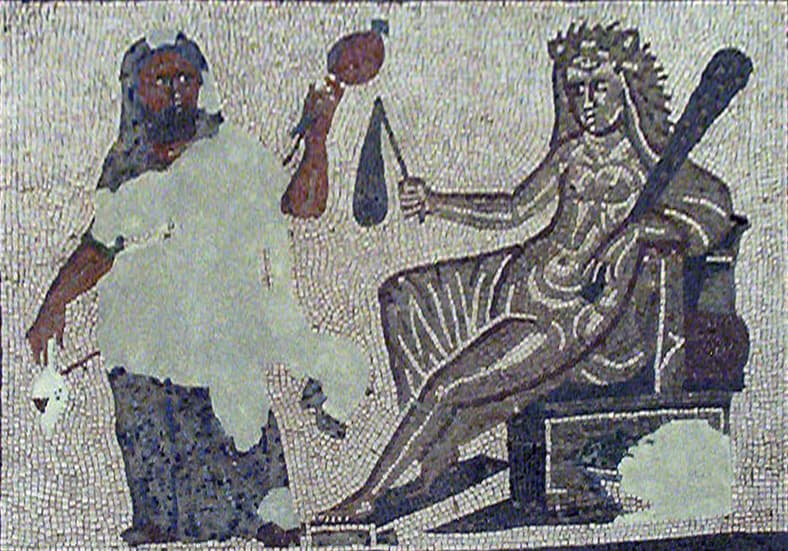
Roman Mosaic from Spain: Hercules and Omphale, 3rd century
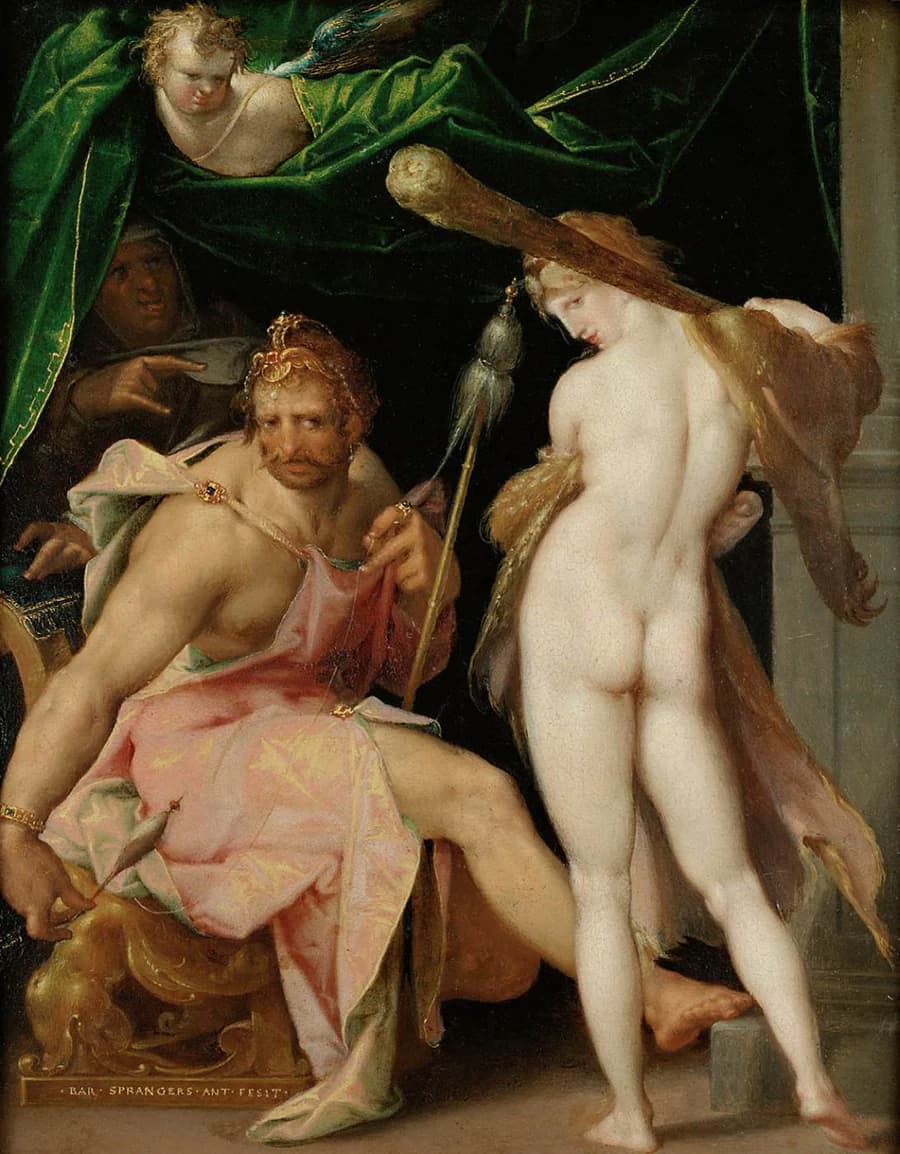
Bartholomaeus Spranger: Hercules and Omphale, ca. 1600 (Vienna: Kunsthistorisches Museum)
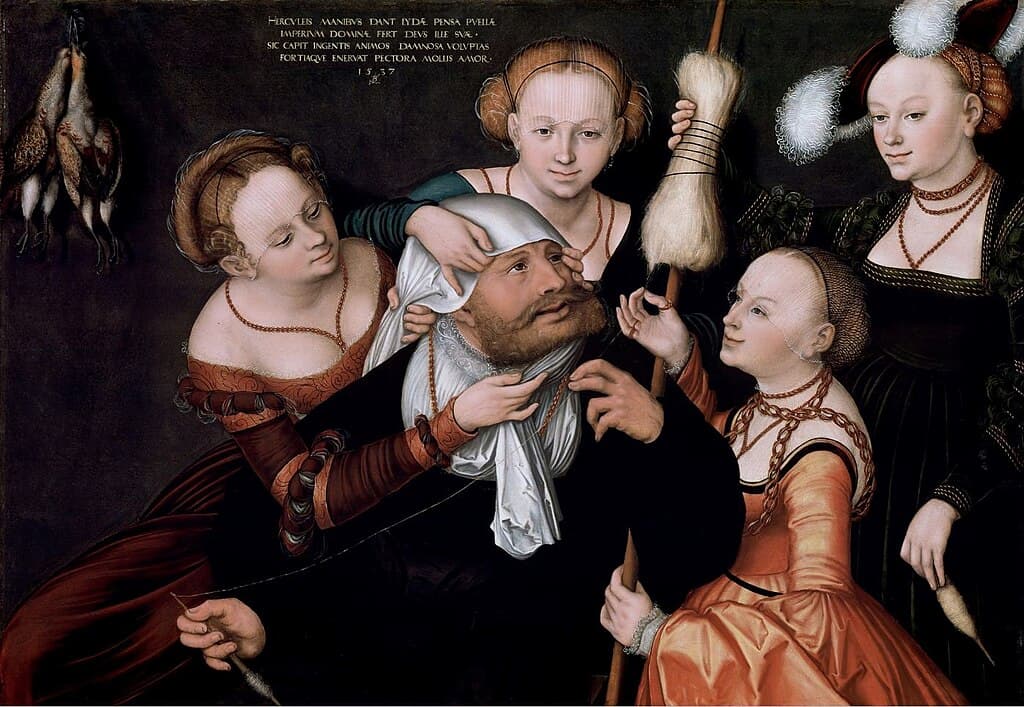
Luca Cranach the Elder: Hercules and Omphale’s maids, 1537 (Braunschweig: Herzog Anton Ulrich-Museum)
The music takes up the idea of spinning in its opening, but underneath are the groans of Hercules. The violins and woods take up the idea of Omphale mocking the fallen hero. Saint-Saëns said that he knew very well that there were no spinning wheels before the Middle Ages and explained at the beginning of the score that the wheel was ‘merely a pretext, chosen simply from the point of view of rhythm and general atmosphere of the piece’. His real subject was that of ‘feminine seduction, the triumphant struggle of weakness against strength’.
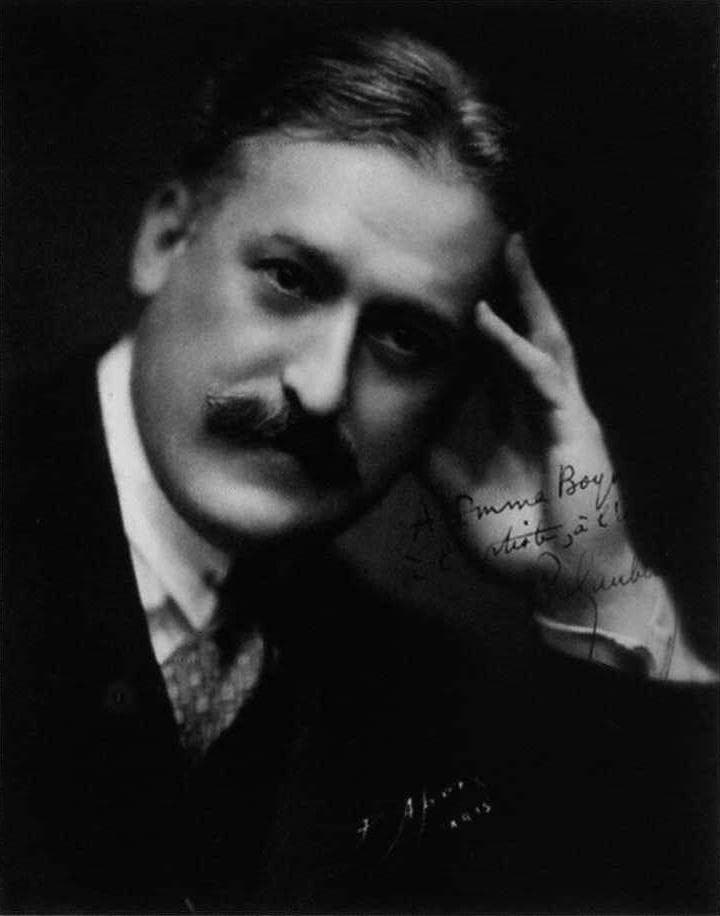
Philippe Gaubert, ca 1920
This recording was made in 1927 in Paris with Philippe Gaubert leading the Orchestre de la Société des Concerts du Conservatoire. Philippe Gaubert (1879—1941) began studying flute at the Paris Conservatoire at age 13 and rose to be one of the most important French musicians in the inter-war years. He was not only professor of flute at the Conservatoire (Marcel Moyse was one of his students), but principal conductor of both the Paris Opera and the orchestra on this recording.
The Orchestre de la Société des Concerts du Conservatoire was founded in 1828 and was made up of the Conservatoire faculty and students. Gaubert was their chief conductor from 1919–1938, succeeded by Charles Munch. The orchestra folded in 1967, and a new orchestra, the Orchestre de Paris, was formed, with Charles Munch returning as their music director for their first two years (1967–1968).
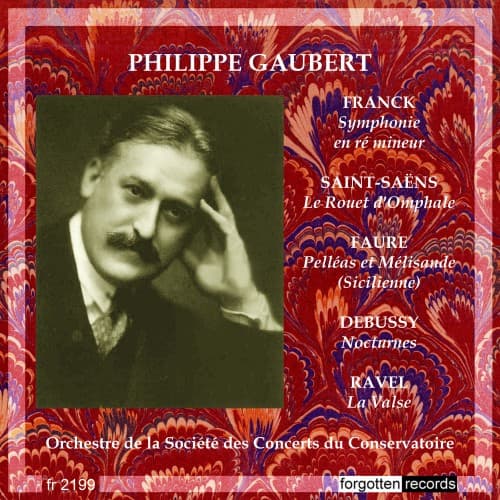
Performed by
Philippe Gaubert
Orchestre de la Société des Concerts du Conservatoire
Recorded in 1927
No comments:
Post a Comment